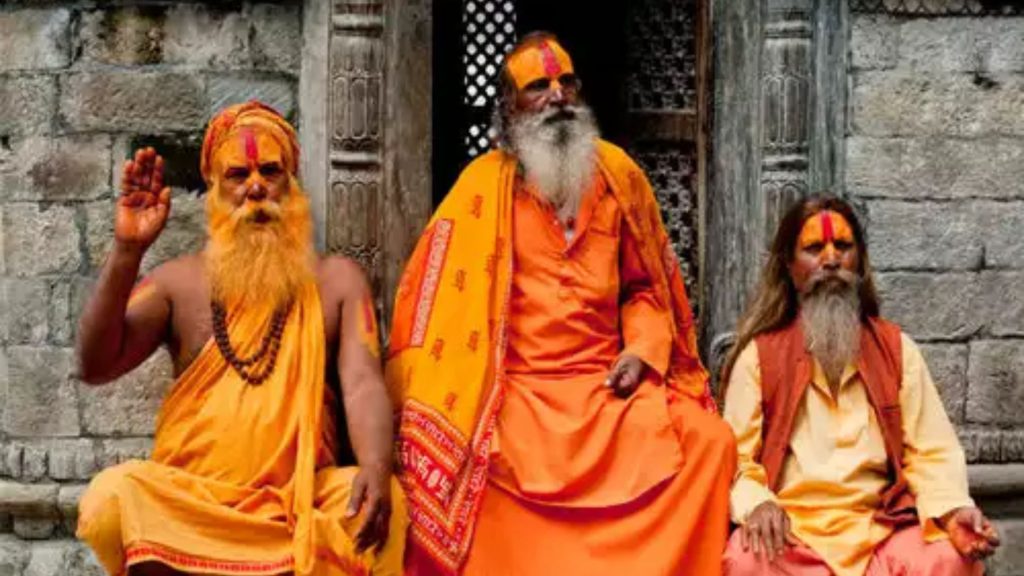Why Do Pandits Wear Saffron Color?
In India, the color has a spiritual connotation and is used to dress up Hindu priests or Pandits. The article explores the meaning behind this tradition and what the significance of this colors tells us about Indian culture.

Throughout the world, people are seen wearing saffron color because it symbolizes several different things. In India, the color has a spiritual connotation and is used to dress up Hindu priests or Pandits. The article explores the meaning behind this tradition and what the significance of this colors tells us about Indian culture.

The Origin of the Saffron Color
There are many theories about the origin of the saffron color. One theory suggests that the color originated in India, where it was used to dye the robes of Buddhist monks. Another theory suggests that the color came from Persia, where it was used to dye the turbans of Muslim clerics. Regardless of its origins, the saffron color has come to be associated with religious purity and spiritual enlightenment.
The Significance of the Saffron Color to Pandits
The saffron color holds great significance to Pandits, who are holy men in the Hindu tradition. Wearing saffron symbolizes their renunciation of material possessions and worldly pleasures in order to pursue a life of spiritual contemplation and service to God. The color also represents the fire element in the Hindu cosmology, which is associated with knowledge, wisdom, and purification. To Pandits, wearing saffron is a way of showing their dedication to a life of spirituality and service.
Conclusion
There are many reasons why pandits wear saffron color. For one, saffron is considered a sacred color in Hinduism. It is also believed to represent purity, knowledge, and renunciation. Additionally, wearing saffron is thought to help pandits connect with their inner spirituality and maintain a meditative state of mind. Ultimately, whether or not a pandit wears saffron is personal choice – but there are certainly many benefits to doing so.





